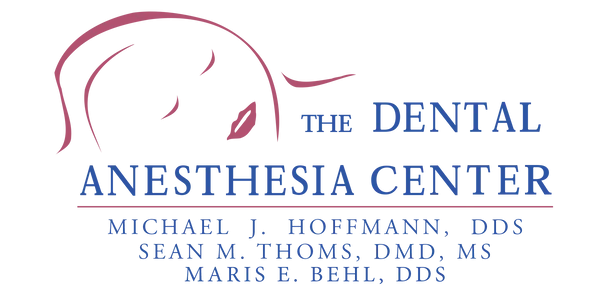A dental problem that requires immediate treatment to save a tooth, alleviate severe pain, or stop ongoing bleeding tissue is considered a dental emergency.
Dental-related emergencies are a common occurrence for many Americans. They can be caused by many different situations, such as dental trauma.
If you are suffering from a severe dental-related emergency, you must seek immediate dental care. Specific dental emergencies cannot wait for treatment, while others may not be as urgent, and you can wait to see your dentist during regular business hours.
Oral Pain
Do you have tooth or mouth pain? Experiencing a severe toothache can be one of the worst types of pain to endure. The first step in evaluating oral pain is to determine its origin. Dental sources are the most common. However, pain issuing from nondental sources such as migraine headache, maxillary sinusitis, myofascial inflammation, nasal tissues, and ears must be considered and excluded.
Some of the most common causes of dental pain include:
- Cavities – Also known as dental caries, cavities are a bacterial disease of the teeth. They are permanently damaged areas in the teeth that develop into tiny holes. Tooth pain occurs when the nerve in the root of a tooth or surrounding the tooth is irritated.
- Gingivitis – This is inflammation of the gums, or gingiva. Some of the symptoms include swollen, painful gums that bleed easily. If this persists, it’s important to make an appointment with your dentist. While gingivitis is a non-destructive type of periodontal disease, if left untreated, it can progress to periodontitis.
- Periodontal disease – This is an infection of the tissues that hold your teeth in place. An acute gum infection can damage gums and can destroy the jawbone.
- Tooth Abscess – A tooth abscess is a pocket of pus that is caused by a bacterial infection. It can occur in different regions of the tooth for various reasons. An abscess can be characterized by a painful, swollen lump that’s filled with pus. There may also be swelling of the face or cheek, or tender and swollen lymph nodes under the jaw.
Dental Trauma
Dental trauma is a prevalent problem. Children are especially affected, with 1/3 of 5-year-olds having suffered an injury to their primary teeth, and 1/4 of 12-year-olds having sustained an injury to their permanent teeth.
There are many different types of injuries and problems that can result in damage to your teeth and the structures around your teeth. If you experience some sort of dental trauma, you must speak to your dentist as soon as possible. In some cases, you may need to visit an emergency room.
Some of the common types of dental trauma include:
- Tooth Fractures – A tooth fracture involves the chipping or cracking of a tooth. This may occur during blunt trauma to the mouth, such as in a car accident or sports injury. It may also involve accidentally biting a hard substance that compromises the enamel and dentin of a tooth. Treatment depends on the severity of the fractures, but generally, bonding, dental veneers, or dental crowns may be used to repair this dental trauma.
- Loss of a Tooth – This often occurs in accidents and blunt trauma, like the ones mentioned above. In the majority of cases, the upper row of teeth is more prone to being knocked out than those on the bottom. If it’s possible, try to retain the knocked out tooth, rinse it with clean water or milk.
- Displaced Tooth – This is a tooth that’s not entirely knocked out but is instead shifted out of position. This may make the tooth appear longer or shorter. Physical injury is typically responsible for this type of trauma.
Call Us Today
The only board-certified dental anesthesiologist in Missouri, including St. Louis.
